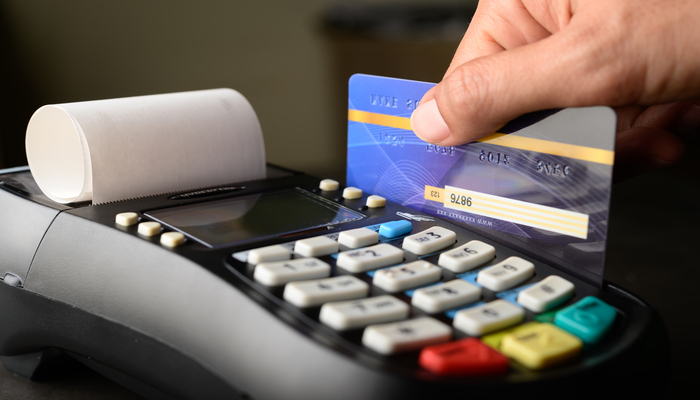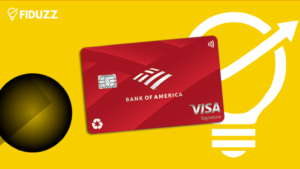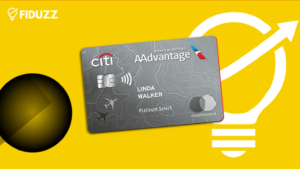Credit cards are powerful financial tools that, when used wisely, can offer a range of benefits from earning rewards to building credit. However, mismanagement can lead to debt and financial stress..
Understanding your credit card
Before delving into specific strategies, it’s essential to understand the fundamental features of your credit card. This includes the Annual Percentage Rate (APR), fees, rewards programs, and credit limits.
1. Annual Percentage Rate (APR)
The APR is the interest rate you’ll pay on any balances you carry from month to month. It can be either fixed or variable. Knowing your APR helps you understand the cost of borrowing if you don’t pay off your balance in full each month.
2. Fees
Credit cards can come with various fees, such as annual fees, late payment fees, balance transfer fees, and foreign transaction fees. Being aware of these fees can help you avoid unnecessary charges.
3. Rewards Programs
Many credit cards offer rewards programs, including cashback, points, or travel miles. Understanding how to earn and redeem these rewards can significantly enhance the value of your credit card.
4. Credit Limits
Your credit limit is the maximum amount you can borrow on your credit card. Staying within your credit limit and maintaining a low credit utilization ratio can positively impact your credit score.
Best practices for using your credit card
To maximize the benefits of your credit card, follow these best practices:
1. Pay Your Balance in Full
One of the most effective ways to use a credit card is to pay off your balance in full each month. This practice helps you avoid interest charges and keeps your debt manageable. If you can’t pay the full balance, aim to pay more than the minimum payment to reduce your debt faster.
2. Keep Your Credit Utilization Low
Credit utilization is the ratio of your credit card balance to your credit limit. Aim to keep this ratio below 30% to maintain a healthy credit score. High credit utilization can negatively impact your credit score and make you appear riskier to lenders.
3. Make Payments on Time
Late payments can result in fees and damage your credit score. Set up automatic payments or reminders to ensure you never miss a payment. Consistently making on-time payments demonstrates financial responsibility and can improve your credit score over time.
4. Monitor Your Statements
Regularly review your credit card statements to check for any unauthorized charges or errors. Monitoring your statements helps you stay on top of your spending and quickly address any issues that arise.
5. Take Advantage of Rewards
Maximize your rewards by using your credit card for everyday purchases and paying off the balance in full. Different cards offer different types of rewards, so choose one that aligns with your spending habits. For example, if you travel frequently, a travel rewards card can help you earn miles or points for free flights and hotel stays.
Strategies for maximizing credit card rewards
To get the most out of your credit card rewards, implement the following strategies:
1. Choose the Right Card
Select a credit card that matches your spending patterns and rewards preferences. If you spend a lot on groceries, look for a card that offers high cashback on supermarket purchases. If you travel often, consider a card that provides travel rewards and perks like free checked bags and airport lounge access.
2. Use Your Card for Everyday Purchases
Use your credit card for regular expenses like groceries, gas, and dining out to accumulate rewards quickly. Just ensure you have the funds to pay off the balance to avoid interest charges.
3. Maximize Sign-Up Bonuses
Many credit cards offer sign-up bonuses if you spend a certain amount within the first few months of opening the account. These bonuses can significantly boost your rewards earnings. Plan your larger purchases around this period to meet the spending requirement without overspending.
4. Take Advantage of Category Bonuses
Some credit cards offer higher rewards rates in specific categories that rotate quarterly or annually. Keep track of these categories and adjust your spending to maximize rewards in these areas. For example, if your card offers 5% cashback on dining for a quarter, use it for all your dining expenses during that period.
5. Redeem Rewards Wisely
Different rewards programs offer various redemption options, including cashback, travel, gift cards, and merchandise. Compare the value of these options and choose the one that offers the most value. For example, travel rewards often provide better value when redeemed for flights and hotels rather than gift cards or merchandise.
Managing credit card debt
Credit card debt can quickly become overwhelming if not managed properly. Follow these strategies to keep your debt under control:
1. Create a Budget
A budget helps you track your income and expenses, ensuring you don’t overspend. Allocate funds for necessary expenses and limit discretionary spending. Use your budget to determine how much you can afford to pay towards your credit card each month.
2. Pay More Than the Minimum
Paying only the minimum amount due each month can lead to long-term debt due to interest charges. Whenever possible, pay more than the minimum to reduce your balance faster and save on interest.
3. Consider a Balance Transfer
If you have high-interest credit card debt, consider transferring the balance to a card with a lower interest rate or a 0% introductory APR. This can help you pay off the debt more quickly and reduce the amount of interest you pay.
4. Avoid Cash Advances
Cash advances typically come with high fees and interest rates. Avoid using your credit card for cash advances unless absolutely necessary. Instead, look for other ways to access funds, such as personal loans with lower interest rates.
5. Seek Professional Help
If you’re struggling to manage your credit card debt, consider seeking help from a credit counseling agency. These organizations can provide advice, create a debt management plan, and negotiate with creditors on your behalf.
Protecting your credit card information
Protecting your credit card information is crucial to prevent fraud and unauthorized charges. Follow these tips to safeguard your card:
1. Keep Your Card Information Secure
Never share your credit card information over the phone, email, or text unless you initiated the contact and trust the recipient. Be cautious when using your card online, and only enter your information on secure websites.
2. Use Credit Card Alerts
Many credit card issuers offer alerts for transactions, balance updates, and payment due dates. Set up these alerts to monitor your account activity and detect any suspicious transactions promptly.
3. Report Lost or Stolen Cards Immediately
If your credit card is lost or stolen, report it to your issuer immediately. They can cancel the card and issue a new one to prevent unauthorized charges.
4. Monitor Your Credit Report
Regularly check your credit report for any signs of fraudulent activity. You can obtain a free credit report from each of the three major credit bureaus once a year. Dispute any inaccuracies promptly to protect your credit score.
Maximizing credit card usage involves understanding your card’s features, using it responsibly, and taking advantage of rewards programs. By following the best practices and strategies outlined in this guide, you can enhance your financial health, earn valuable rewards, and avoid the pitfalls of credit card debt. Remember to stay informed, monitor your spending, and use your credit card as a tool to achieve your financial goals.





